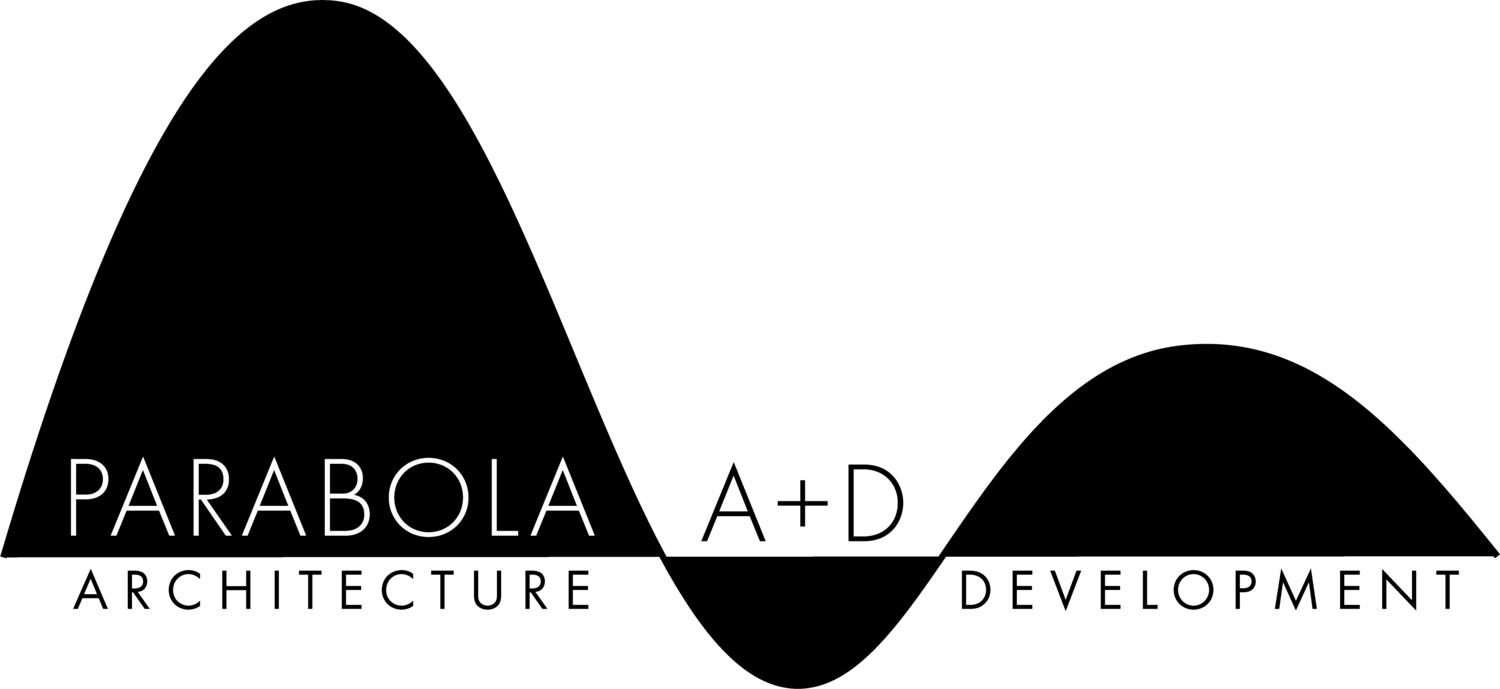
Step 1
The late Eero Saarinen, one of the most revered visionary architects, practiced a design process that formed a helical path, moving in a circular and upward motion simultaneously. The Spiral Design Process requires a clear vision (what) and purpose (why) to be defined at the beginning of each project, to create a solid foundation for accurate decision-making throughout the project.

Step 2
Obstacles cannot be identified until a clear vision is created. A vision provides ability to filter-out and separate information from facts, and ability to focus on what is most important.

Step 2b
Obstacles block our view, and trick us into thinking and believing that our vision is impossible to achieve. By rising to a higher elevation to gain a new perspective and an unobstructed view towards our vision, we work towards solving the biggest and most challenging obstacle first.

Step 3
Once the biggest obstacle is identified, we develop a flexible strategy and build a team of specialized experts to work with us. Aligning our team towards the project vision provides guidance for decision-making.

Step 4
Outstanding architecture is the result of research, experimentation, analysis, discovery, and an exceptional design team. The creative spirit requires freedom, and the courage to expand beyond comfort zones, to soar into the realm of possibility.

Step 5
Leaving a comfort zone is stressful; however, maintaining focus on our vision (desired outcome) will develop the courage and confidence to continuously reach a higher level. Fear of the unknown is normal. Understanding neuroscience (how the brain works), provides us with tools to embrace fear, to work through the most challenging obstacles. Fear is developed through a repetative pattern of negative-outcome thoughts.

Step 6a
Ground-breaking creative design strategies and solutions infuse imagination with critical analysis, and this processing power requires full capacity of the conscious and unconscious mind (whole brain thinking). Innovative ideas and flexible strategies are developed within the imagination. Accessing Imagination requires a relaxed state-of-mind, and a mindset of possibility.

Step 6b
By focusing too intensely towards a goal, we actually become counterproductive. The most creative ideas and insights arrive when we unfocus, and take-a-break to relax and recover. During this time, the massive data processing power of the unconscious mind provides opportunity for imagination to work on ideas and strategies to solve our most challenging obstacles. A healthy cognitive rhythm is developed by alternating intense focus with periods of relaxation and recovery.

Step 7
The decision-making sequence forms a linear path along the helix. Accurate critical judgement is the result of selecting the right ideas, in the right sequence, that support the overall project vision. At regular upward intervals, major project decisions are made, based on expanded project research. Over time, the helix continues to expand in width, as it moves upward. As research continues to be processed, major decisions are revisited and confirmed at higher elevations.
Once the design process is complete, and all major design decisions are actuated, the spiral design process is reversed. Outstanding architecture is derived through a process of elimination to achieve simplicity. Refined architectural form generates energy, and attracts occupants, visitors and investors. The process of refinement occurs by removing what is not needed, to reveal the purest and most appropriate design form, without sacrificing the functional integrity or aesthetic elegance, of a highly refined architecture (back to Neuroscience for Architecture).
